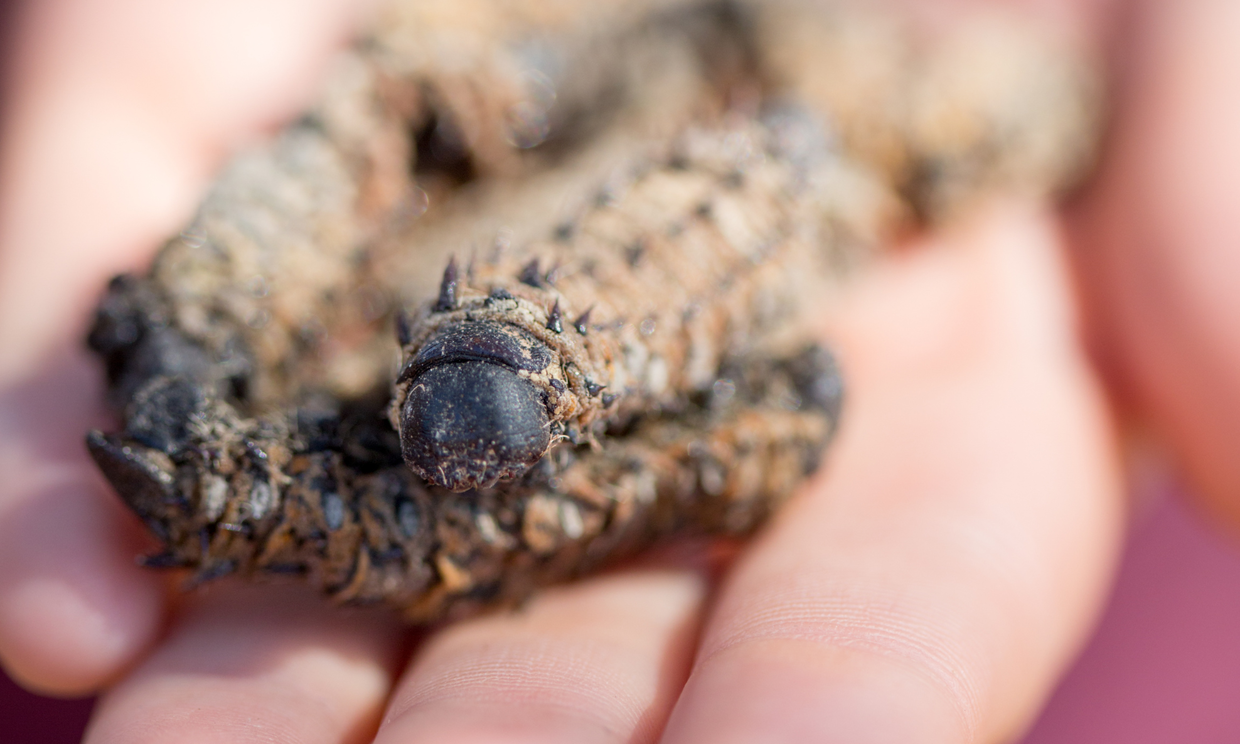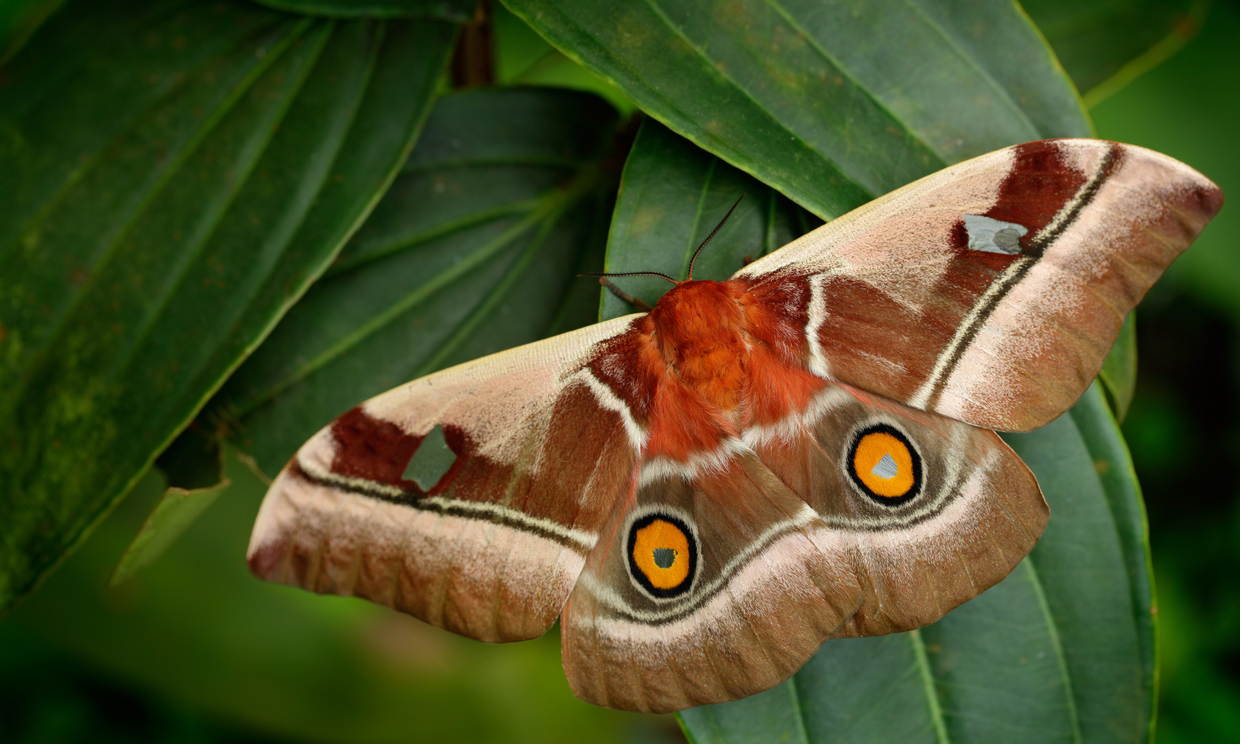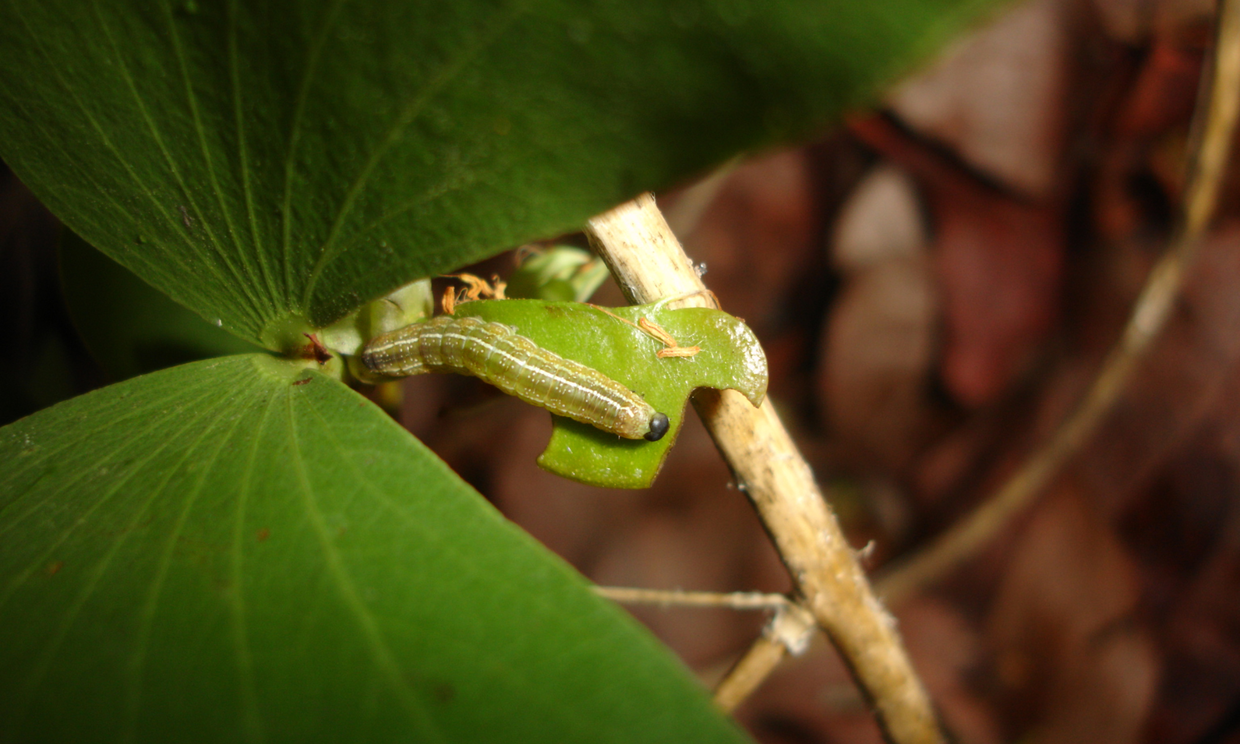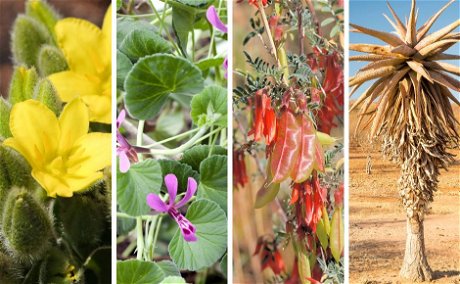Kruger National Park in South Africa is a hub of medicinal plants like Marula, Devil's Claw, and Aloe Vera, pivotal in traditional African medicine and modern science. Supported by sustainable conservation efforts and eco-tourism, these plants are crucial for health and maintaining biodiversity, showcasing the importance of preserving this natural heritage.
The Mopane Tree: Africa’s Resilient Giant of the Savanna
Explore the fascinating role of the Mopane Tree in Africa’s savannas. From feeding elephants and Mopane Worms to its traditional medicinal uses, discover how this resilient tree supports both wildlife and local communities.
In the hot, sunbaked savannas of Southern Africa, there exists a tree of remarkable resilience and significance. The Mopane Tree (Colophospermum mopane), often overlooked by travelers who flock to see the majestic Baobab or the sprawling Marula, is a quiet but vital player in the complex web of life in Africa's dry regions. With its distinct butterfly-shaped leaves and robust bark, the Mopane Tree has evolved to thrive where little else dares to grow.
Much like the Baobab, the Mopane Tree is deeply ingrained in both the landscape and the culture of the African bush. It supports a wide array of wildlife, sustains local communities, and has adapted remarkable strategies to survive in some of the harshest conditions on Earth. Let’s dive into the fascinating world of this unsung hero of the African wilderness and explore its essential role in the ecosystem.
1. A Tree Built for Tough Times
The Mopane Tree is incredibly hardy, thriving in the arid, semi-desert environments of Southern Africa where few other trees can survive. Found predominantly in Botswana, Namibia, Zimbabwe, and South Africa, the Mopane’s range extends across low-lying, hot areas with little annual rainfall. You can learn more about Southern Africa's unique ecosystem and the role Mopane plays within it at Kruger National Park.
Its secret to survival? Adaptation. Mopane leaves are shaped like butterfly wings—a unique feature that not only gives the tree its name but also serves a vital ecological purpose. These leaves fold during the hottest parts of the day to reduce water loss, a clever adaptation in regions where moisture is scarce. In times of severe drought, the tree will shed its leaves altogether, further conserving water.
Interestingly, the Mopane Tree can grow as either a small shrub or a large tree, depending on the conditions. In more arid regions, you’ll often find it as a dense, low-growing shrubland called "Mopaneveld," while in wetter areas, it stretches skyward into towering trees, forming lush woodlands that provide much-needed shade and shelter for the animals of the savanna.

2. Butterflies, Elephants, and… Worms?
The Mopane Tree has a fascinating relationship with the animal kingdom. Its butterfly-shaped leaves may attract your attention, but it’s what happens after the rainy season that makes this tree a true treasure for wildlife. The Mopane leaves are rich in protein, providing a crucial source of food for a range of herbivores, from giraffes and kudu to the iconic African elephant.
Elephants, in particular, have a special affinity for the Mopane. They are known to strip the tree’s bark and gorge on its leaves, consuming vast amounts to fuel their massive bodies. But it’s not just the giants of the savanna that rely on this tree. Come summer, after the rains, the Mopane Tree becomes home to a smaller but equally important resident—the Mopane Worm.
The Mopane Worm, or Imbrasia belina, is the larva of the Emperor Moth and plays a critical role in the diet of both wildlife and humans. These worms feed on the Mopane’s leaves, turning the tree into a seasonal buffet. For local communities, the Mopane Worm is a valuable source of protein. Harvested, dried, and often roasted, these worms are a delicacy in parts of Southern Africa and provide income for those who gather them.
For more about Kruger’s diverse wildlife, check out Kruger’s Most Elusive Animals.
3. The Tree That Feeds the Savanna
The Mopane Tree doesn’t just feed worms and elephants; it’s a lifeline for many creatures of the African bush. Its leaves, pods, and bark are utilized by a wide range of animals. The seeds of the Mopane, encased in tough kidney-shaped pods, are consumed by birds, baboons, and other small mammals, who help disperse them across the landscape.
Herbivores like impalas, kudu, and giraffes graze on the nutrient-rich leaves, while smaller creatures such as termites and ants feast on its wood and fallen leaves. Termites, in particular, play a vital role in breaking down the wood, returning nutrients to the soil and fostering a healthier ecosystem. The Mopane’s role as a provider of food makes it one of the most ecologically important trees in the region.

4. A Green Pharmacy
Like many trees in Africa, the Mopane has long been used in traditional medicine. Local communities have turned to this versatile tree to treat a range of ailments. The bark of the Mopane is rich in tannins and has been used to treat wounds, eye infections, and even to cure venereal diseases.
Studies have shown that Mopane extracts have antibacterial and anti-inflammatory properties, and its bark has been traditionally used to alleviate stomach pain, diarrhea, and excessive bleeding. The roots are used to treat kidney stones, vomiting, and other ailments.
In a land where modern medicine may be far away, the Mopane has proven itself an invaluable resource for generations.
Disclosure: While these traditional uses have been passed down through generations, they should not be seen as medical advice. Always consult a healthcare professional for proper diagnosis and treatment of health conditions.

5. The Mopane and Climate Change
As the climate continues to change, the Mopane Tree finds itself facing new challenges. While it has adapted remarkably to survive in harsh conditions, increasing temperatures and prolonged droughts could put pressure on its survival. In some areas, the Mopane is already showing signs of stress, with reduced leaf cover and slower growth rates being reported.
However, the Mopane’s ability to grow both as a shrub and a tree may give it a unique advantage in the battle against climate change. Its adaptability could allow it to survive in a broader range of conditions, and efforts to conserve and manage Mopane woodlands are already underway in parts of Southern Africa.
6. Cultural Significance and Uses
The Mopane Tree isn’t just important for animals and the ecosystem; it holds a special place in the lives of local people. Mopane wood is incredibly dense and resistant to termites, making it a highly prized material for building and crafting. In many rural areas, Mopane wood is used for construction, furniture, and fencing, where its durability ensures long-lasting structures.
The tree is also important for firewood, as its dense wood burns slowly, providing heat for cooking and warmth through the cool desert nights. In some cultures, the Mopane Tree is believed to be sacred, with rituals and ceremonies taking place under its broad canopy. The gathering of Mopane Worms is often a communal activity, bringing families together for both work and celebration.

7. A Tree of Many Names
The Mopane Tree is known by many names, depending on where you are in Africa. In Zimbabwe, it’s called "Mupani," while in South Africa, it goes by "Mopani." No matter the name, the tree remains the same—a symbol of survival and resilience in the harsh African landscape. Its butterfly-shaped leaves and the seasonal hum of Mopane Worm harvests are a familiar sight and sound for many living in the region.
The Mopane Tree may not have the towering presence of a Baobab or the widespread fame of a Marula, but it stands as a quiet sentinel of the African savanna. From feeding elephants and mopane worms to providing essential materials for human use, this remarkable tree is a cornerstone of life in Southern Africa. Its resilience, adaptability, and importance to both wildlife and people ensure that it will continue to play a vital role in the ecosystem for generations to come.
As the African landscape faces the ongoing challenges of climate change, it is more important than ever to appreciate and conserve trees like the Mopane—trees that form the backbone of an entire ecosystem. So next time you wander through the savanna and feel the crackle of Mopane leaves beneath your feet, remember that you’re walking among one of Africa’s most valuable and enduring trees.
If you're eager to experience the beauty and diversity of Africa's flora and fauna, including the magnificent Mopane Tree, why not book a stay at Needles Lodge? Nestled near Kruger National Park, we offer guests the chance to explore the wonders of the African bush with expert guides, all while staying in luxurious and eco-friendly accommodations. Join us at Needles Lodge, and experience firsthand the incredible ecosystems that make Africa truly special.
Further Reading
The baobab tree, an African icon, symbolizes resilience and life, deeply rooted in African culture and ecosystems. Revered in folklore and vital in maintaining ecological balance, it offers shelter and sustenance to diverse species and serves as a communal hub, with its uses ranging from medicine to crafts. Eco-tourism, particularly in areas like Kruger National Park, plays a key role in its conservation, raising awareness and funds to protect this majestic tree,...
Travelling abroad can sometimes seem quite intimidating. However there are many common sense tips on how to stay safe when travelling to South Africa.






Share This Post